Photography is full of technical terms and buzz words, but one that really is a great one to consider is back button focus (or BBF). So what is it and why should you consider using it?
What is back button focusing?
To be honest it is a game-changer! Most modern cameras come with a half-press on the shutter-button autofocus as a standard setup. And while this is good for complete beginners, it does have its pitfalls. EVERY TIME you press down on the shutter button it refocuses, usually WHERE you don’t want it. If you have set up a scene or are on location and want a particular subject as your focus it will refocus when you press the shutter. If you manually focus and then press the button it refocuses as well, EVERY time. Annoying, right?
I know it seems like such a small thing, so why bother changing it? Back button focusing is a focus button allocated somewhere on the camera (usually the AF-ON button). It only takes a few minutes to set up — Google search for BBF on your make and model of camera, and you’ll find a clip or two on how to set it up.
This means you can focus and then take a picture WITHOUT the camera refocusing. My Sony a7R III has a dedicated button, but you still have to turn the AF with shutter to be off.
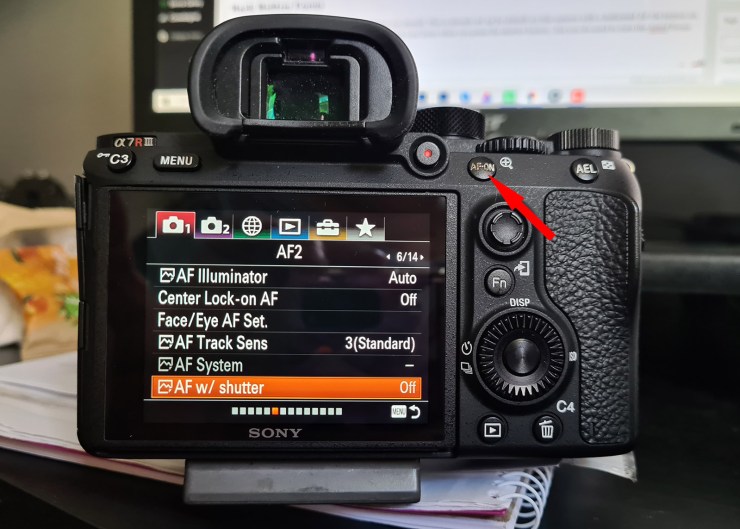
Why should you try it?
Like I said because it is a game-changer. Seriously there are so many instances where the standard shutter focus is a bigger annoyance than anything else. Sure, it takes a little bit to get used to, but once you have it, it will change the way you shoot.
Example 1: Still life
You have your camera set on a tripod and your scene set, and have a particular item as your subject matter set up on the rule of thirds for composition. You’re just moving other small items around.
You can set your focus on your hero and then take multiple images. If you were not using BBF, every time you took an image the camera would refocus, possibly NOT on your hero but something in the middle of the frame.
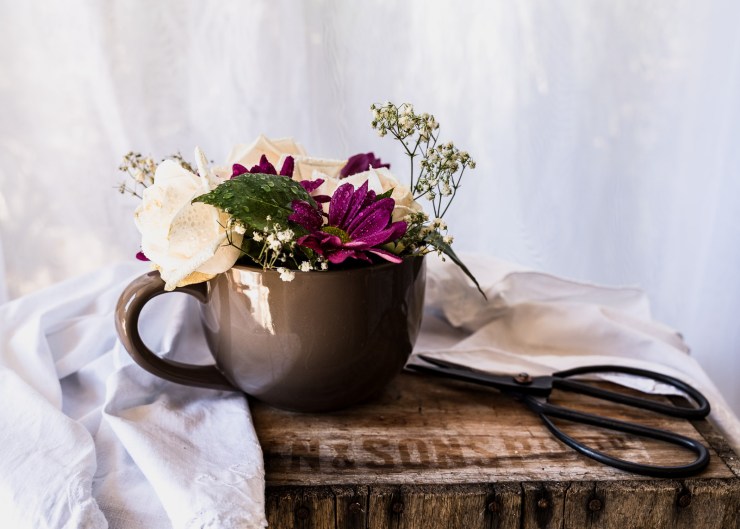
Example 2: Light painting
You have focused on your subject with a light on it, then remove the light to take a long exposure. Without BBF, your camera would try to refocus, but since there is no light, it struggles to focus, and your images end up blurry.
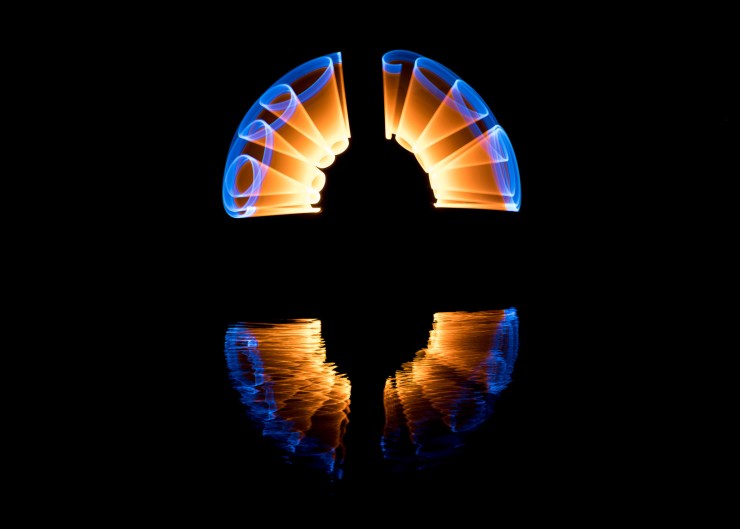
Example 3: Long exposure landscapes
If you are using an ND filter for a long exposure, you have a similar problem as light painting. Chances are your image will be blurry because it can’t attain focus.
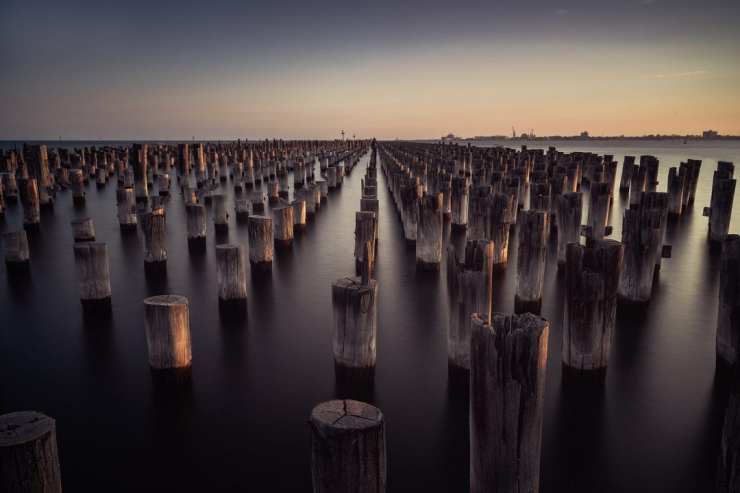
Example 4: Portraits
Your subject may be moving and if you use BBF, you can set it to continuous focus. This will let you track your subject’s eyes! It’s pretty cool, especially with animals and pets … and it won’t work without BBF!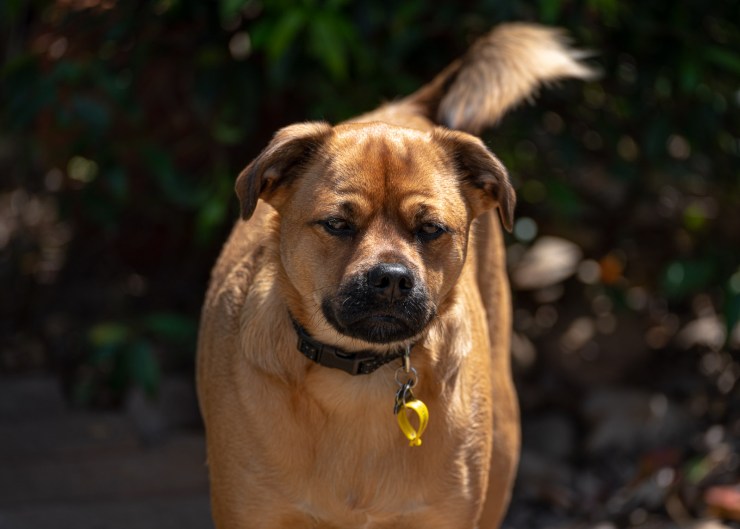
Example 5: Macro
It doesn’t matter whether it is bugs or flowers, BBF or manual focus are the only way to go, as you need control over when and where you focus. Trying to focus on macro subjects without BBF is a good reason WHY people struggle with macro. Sure, manual focus is good if you still have great eyesight, but you still need the shutter autofocus turned off.
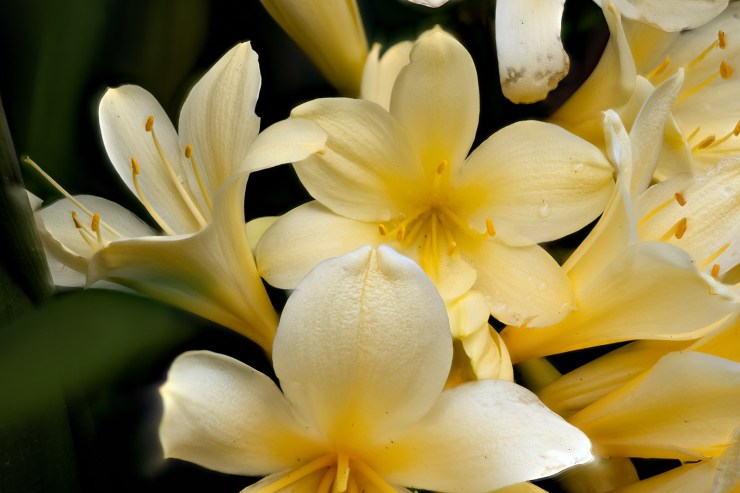
How do you set it up?
I can give you a reason for pretty much any genre — it’s all about the having control. I have been using BBF for years now and it really does bug me when someone hands me a camera without it.
Sure, it takes a little bit to get used to, but it is totally worth it. So HOW? Your camera manual is a great place to start. However, if you do a Google search and look for setting up BBF for your camera make and model, somewhere always has a video on how to do it. Guaranteed. Every make, model and brand has a slightly different setup. But it is easy to do.
Tell your story with the second annual Visual Storytelling Conference!
Experience four days of interactive, online training sessions featuring a range of educational content with experienced photographers and content creators. This free event kicks off with a series of technical boot camps to build essential skills, followed by live, online sessions on photography, video, business and social media. Join live from March 10-13, 2022!
